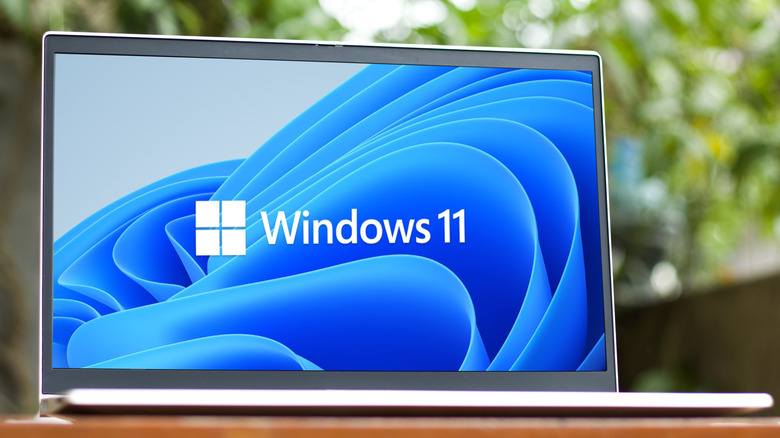The Hidden Windows 11 Display Setting That You Should Know
If you're using Windows 11 and have been wanting to get more out of your monitor performance, it turns out there's a somewhat hidden option that allows you to do just that; buried in the settings is a way for you to turn on dynamic refresh rate (DRR). Adjustable refresh rate settings aren't new to Windows, but they're also not something that's regularly advertised, at least not through official channels. Blatantly discussed or not, the option is there for you to take advantage of — if you want to. With the dynamic feature found in Windows 11, a PC will automatically adjust the refresh rate based on what's needed at any given moment, reducing the rate when possible to help preserve battery life.
The main perk of upping your monitor's refresh rate is fluidity. The higher the number, the smoother various movements on-screen will appear. This is primarily apparent in video games and when watching videos, but that smoothness can also translate to other Windows 11 interface elements. With that said, in the case of video, it's important to note that a higher refresh rate can result in things looking a bit off — almost uncanny — when watching something that wasn't designed for it.
How to turn on dynamic refresh rate in Windows 11
In order to take advantage of this particular Windows 11 feature, you'll need to have a monitor with a high refresh rate connected to your PC — otherwise, your display simply won't be able to make use of the setting. If you do have a screen that can handle more than the industry standard of 60Hz, you're good to go.
First, you'll want to verify what your monitor's refresh rate actually is (unless you already know it). You can check this by opening the Start menu and selecting Settings > System. You'll find the refresh rate displayed in Hz near your screen resolution. After that, open Settings and select System > Display > Advanced Display. From there you'll see a drop-down menu, which you can open to find several refresh rate options including — if you have a compatible display — a Dynamic option, which you should select to utilize the DRR feature.
Setting the refresh rate to Dynamic won't necessarily improve the visuals on-screen, but you will probably start to notice that things seem to be running more smoothly. Look at how transitions between various Windows interface elements move and react, for example. Also, keep an eye out for frame rate drops, and be prepared to adjust your dynamic refresh rate settings again if things appear a bit too choppy for your liking.

